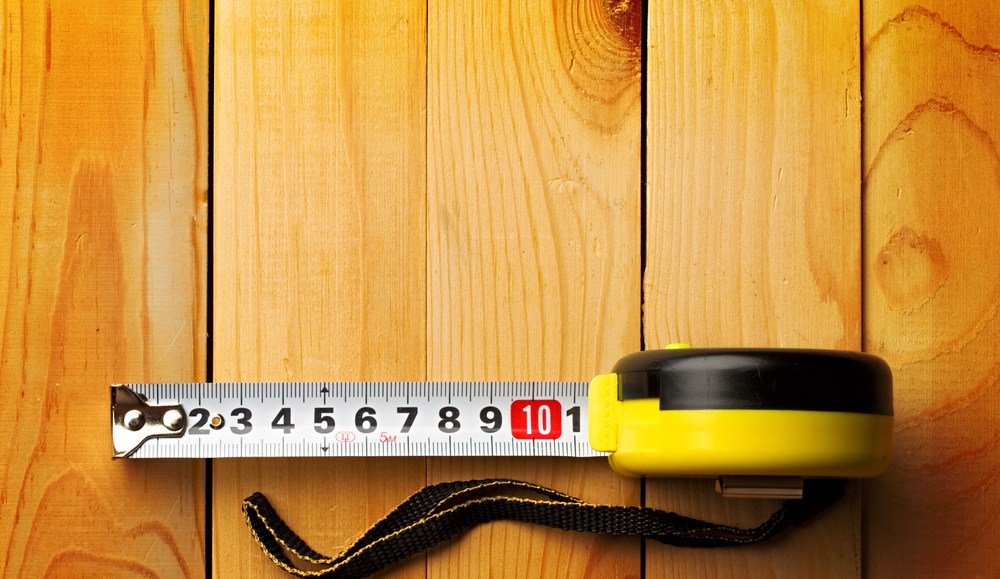
What’s old is new again. Twitter will soon begin offering more “traditional” brand metrics around its advertising products, including brand awareness, uplift, and purchase intent. That’s a far cry from the “resonance scores” the company was touting when it launched its promoted products suite in 2010.
The move is designed to prove the social network’s ad products do what it says they do but also to better communicate with brands in a language that they understand, the company’s head of revenue Adam Bain suggested at a small press event at New York’s Advertising Week this morning.
“We can now present research to brands using the metrics they’re used to,” he said. “We’re out to demonstrate more than just engagement around our ad products, we want to show that it leads to terrific business outcomes, too.”
Meanwhile competitor Facebook placed more emphasis on more traditional forms of measurement this week, too. It’s head of measurement Brad Smallwood delivered a talk at the IAB’s MIXX event on Monday suggesting metrics like reach and frequency are far more valuable than clicks and engagement.
Marketers have struggled to understand what they should track in social media, and how to interpret the data they do collect and tie it back to return on investment and specific campaign objectives. Twitter’s hopes that by providing the metrics brands are used to dealing with in media such as TV and print it’ll enable them to make more robust cross-channel comparisons, and hopefully divert some budget as a result.
The data will be collected by what are essentially in-tweet surveys, which will be presented to users at random, but within an advertiser’s target market. A marketer can ask each user between one and five questions, and the survey will be presented to those users that were exposed to ad products, compared with a control group of those that weren’t.
The surveys are presented to both mobile and desktop users alike, and are currently being tested with a select number of undisclosed partners. They will be available to more throughout 2013.
Currently the surveys are being packaged within larger media buys, but Bain said he can see an instance in which a marketer might want to make use of the product independently, for purposes including market research or content development for use on Twitter or elsewhere.
More in Media

Here are the biggest moments in AI for publishers in 2025
Here are some of the moments that defined how publishers adapted to the AI era this year.

Digiday+ Research roundup: Gen Z news consumption and diversification in the DSP space were 2025’s top trends
As 2025 winds down, we rounded up the biggest trends of the year, based on the data that resonated the most with Digiday’s readers.

What publishers are wishing for this holiday season: End AI scraping and determine AI-powered audience value
Publishers want a fair, structured, regulated AI environment and they also want to define what the next decade of audience metrics looks like.





